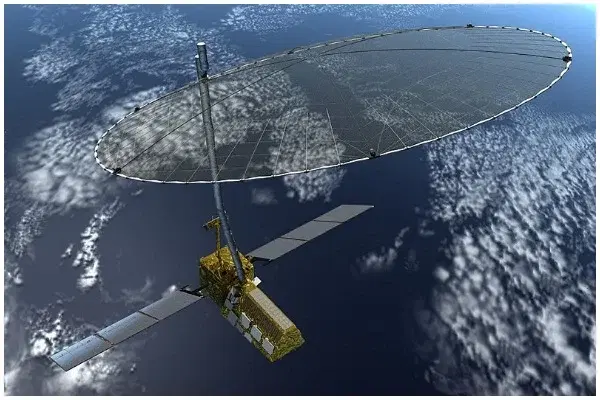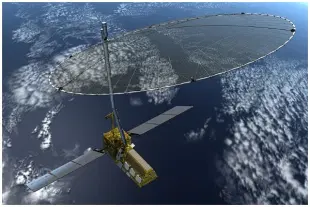News Brief
World’s Most Expensive NISAR Satellite, Jointly Developed By NASA And ISRO, To Launch On 30 July
Arjun Brij
Jul 22, 2025, 10:33 AM | Updated 10:33 AM IST
Save & read from anywhere!
Bookmark stories for easy access on any device or the Swarajya app.


The much-anticipated launch of the NASA-ISRO Synthetic Aperture Radar (NISAR) satellite is scheduled for 30 July at 5:40 PM, from Sriharikota in Andhra Pradesh.
The 2,392 kg satellite will be launched aboard the GSLV-F16 rocket and placed in a 734 km sun-synchronous orbit, allowing it to pass over the same region at the same local time each day.
Jointly developed by NASA and ISRO, this earth-observing satellite features advanced radar technology to deliver detailed 3D views and detect land and ice movements with centimetre-level precision, NASA stated in an official release.
NISAR is the world’s most expensive Earth observation satellite, valued at USD 1.5 billion, with ISRO contributing Rs 469.4 crore.
The satellite will map the entire globe every 12 days, providing ultra-detailed, high-resolution data—both day and night, and in all weather conditions.
A standout feature of NISAR is its ability to observe Earth in two frequencies: NASA’s L-band and ISRO’s S-band.
“Each system’s signal is sensitive to different sizes of features on Earth’s surface, and each specialises in measuring different attributes, such as moisture content, surface roughness, and motion,” NASA stated.
The satellite can detect surface changes as small as one centimetre, making it invaluable for monitoring glacier retreat, sea ice movement, earthquakes, volcanoes, and vegetation shifts.
It will also aid emergency responses during disasters like hurricanes and floods, and help track soil moisture and surface water levels.
NISAR integrates two distinct radar systems into one satellite, a complex engineering achievement.
Managed by Caltech’s JPL for NASA, the mission involves numerous ISRO centres, including the U R Rao Satellite Centre, Vikram Sarabhai Space Centre, and the National Remote Sensing Centre.
“The NISAR launch is the result of strong technical cooperation between ISRO & NASA/JPL technical teams for more than a decade,” ISRO said.
The launch follows earlier delays due to technical adjustments, including fixing the satellite’s 12 metre deployable antenna.
Also Read: Bihar: Land Acquisition Begins For Rs 18,042 Crore Patna–Purnia Expressway
Arjun Brij is an Editorial Associate at Swarajya. He tweets at @arjun_brij





